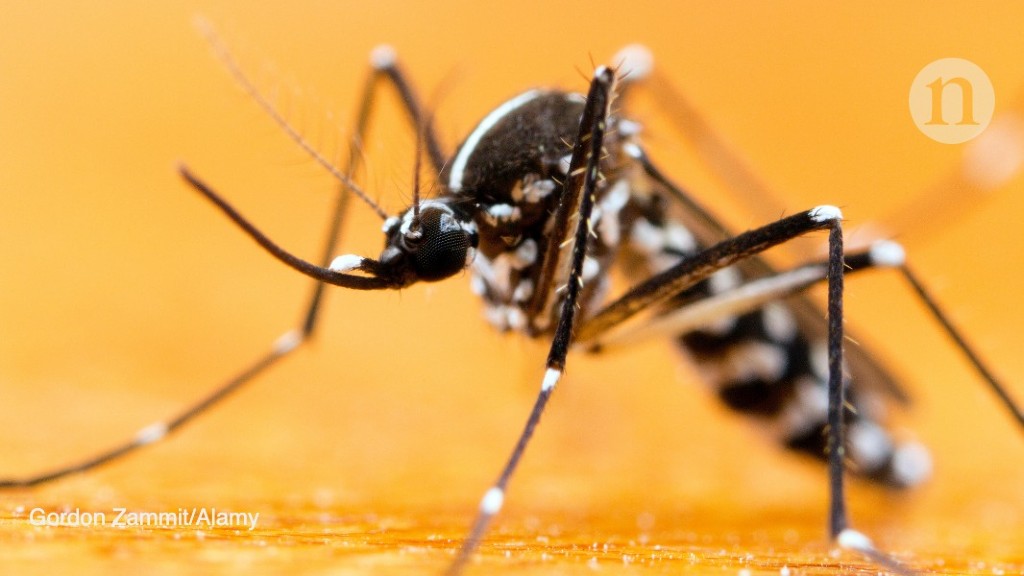I'm not specifically talking about fish. People suck at stopping the spread of invasives, period. Fish should be one of the absolute easiest and we can't even stop that. Lanternflies=failure. Pythons=failure. Stink bugs=failure. Mud snails=failure. Oscar=failure. Gypsy moth=failure. Knifefish=failure. Emerald Ash Borer=failure. Snakeheads, blue cats, flatheads=failure. And the list goes on and on and on not counting the invasives we've purposefully spread and see as good. And then there plants. Yeah, we can't stop them either.
What are the examples of successes? I'm sure there are some, but what are they?
Yea fish wise the success stories are there on a finer scale.
Primary Prevention: states/national parks branding and educating native species values to public and educating on dangers of invasive species. Hard to measure the effectiveness on an individual stream basis but likely one of most effective tools at fine scale in these smaller areas we can preserve native fauna. For fish above physical, chemical, or thermal barriers ect. Or just prohibitive distance from invasive fish species.
Secondary prevention

when invasion has already occurred and you get rid of it. Goldens ,Apache, Gilla, and various cutthroat trout have likely been saved from eventual extinction by removing invasive species fine scale after spread.
Mosquitoes that were invasive have almost been eradicated by using selective pathogens/diseases to kill them off. Super interesting option for all invasive species.
Researchers combined sterilization with a bacterium in an attempt to stamp out the Asian tiger mosquito.

www.nature.com
There is supermale invasive brook trout showing some promise for rio grand cutthroats.
“By the end of the second spawning season, in 2020, 75% of the fish captured in Leandro Creek were male, and almost 30% of the juveniles from test streams around Vermejo were the male offspring of YY brook trout. Miller hopes this year’s percentages will be higher.”
There are neofemale crayfish being developed for sex ratio skew based suppression of invasive crayfish.
It is very likely given the focus on biological controls that we are going to pioneer more of these secondary prevention strategies to mitigate spread at larger scales.
Tertiary prevention of spread: where there is ongoing progressive invasion without eradication/removal. This is the slowing of spread you mentioned. A likely perfect successful example is the savage river brook trout management area where a small micro-population of brown trout turns up from odd year to odd year but can never establish itself. Its likely if you were to stock that area you run the risk harming any ratio of brook to brown biological resistance that a large healthy interconnected brook trout meta population has, increasing the chances for achieving a higher stage of invasion.
Thats why i always laugh when people say “cats out of bag” because there are these different ways of preventing or dealing with spread and as control technologies improve we will probably be able to shift some species/cases from tertiary to secondary, if our pessimism and lack of effort hasn’t allowed the invasive species to cause the native species to go extinct.
Terrestrial species I am not as familiar with control techniques




